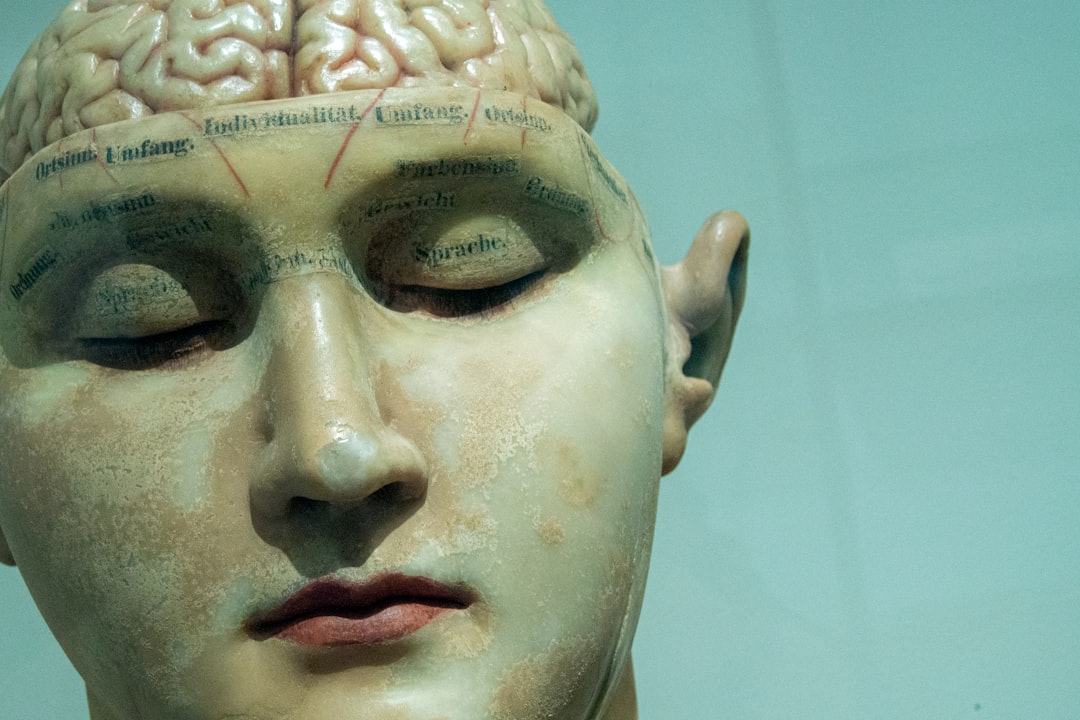What is it about?
How to assess whether somebody is an optimist or a pessimist? Translating an experimental paradigm from animal research to humans, we presented high and low tones, which had positive and negative consequences. Presenting ambiguous intermediate tones allowed us to see whether participants believed these to be followed by negative (pessimist) or positive (optimist) consequences. On average, healthy people have a slightly positive bias, which turns negative, however, in people high in rumination, a depressive thinking style.
Featured Image
Why is it important?
Because the paradigm reliably assesses biased information processing in humans as well as in animals, it can be used in translational research, for instance to assess the effects of novel treatments on depression. As we also found differential brain activity in EEG depending on whether someone interpreted a specific tone as positive or negative, the neural correlates can serve as an indirect, implicit marker of bias.
Perspectives
This paradigm has some ingenuity to it (which I feel comfortable to say because the animal researchers first invented it). It is very simple, yet measures a very complex and important aspect of how we perceive the world in situations of uncertainty (that is, most situations to some degree).
Philipp Kanske
Technische Universitat Dresden
Read the Original
This page is a summary of: Indirect assessment of an interpretation bias in humans: neurophysiological and behavioral correlates, Frontiers in Human Neuroscience, January 2013, Frontiers,
DOI: 10.3389/fnhum.2013.00272.
You can read the full text:
Resources
Contributors
The following have contributed to this page










